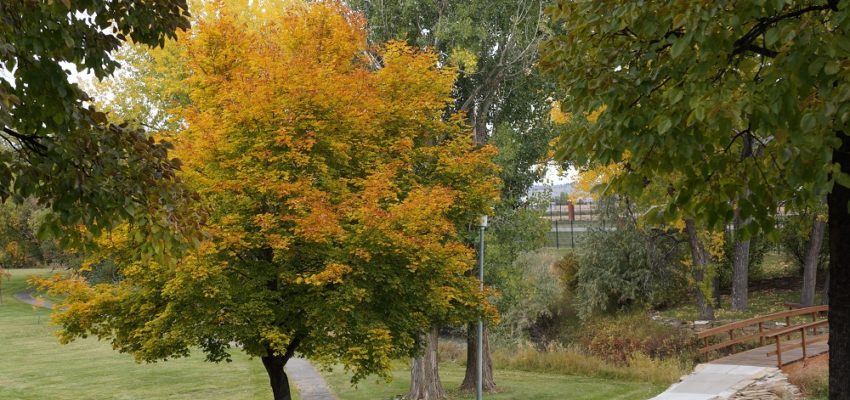
Gazette opinion: Save Montana kids’ mental health care
Gazette opinion: Save Montana kids’ mental health care
Nov 5, 2017

Yellowstone Boys and Girls Ranch is caring for nearly 600 kids, but only 65 were living on the sprawling campus along 72nd Street West last week. The other children and teens receive YBGR’s help in their schools, their homes or foster homes. It’s that big group of kids who would be hurt first and worst if the state cuts its budget.
Youth in-home care and targeted case management are on the chopping block, even though they are key to helping emotionally disturbed youth stay safe in their own homes.
YBGR, which celebrates its 60th anniversary this year, serves Montana through community offices in Dillon, Livingston, Lewistown and Billings. Those services include 32 school-based treatment teams in Billings, Laurel and other Montana public schools.
Kids on the campus west of Billings suffer serious illnesses, including major depression and PTSD resulting from abuse. Many have engaged in self-harm, such as cutting or suicide attempts. About half have chemical dependencies or are at high risk for addiction.
The vast majority of YBGR services are provided through Medicaid. The fiscal year began with zero rate increases for Medicaid mental health care. YGBR and other Montana health care providers already were struggling to pay salaries that will recruit and retain professional staff.
“Medicaid does not cover our costs,” YBGR Chief Executive Officer Mike Chavers said in an interview last week. “Our donors and foundation help.”
Starting and resuming children’s mental health care isn’t like flipping a light switch on and off. If disturbed youth are cut off from treatment, they will regress; they may need a higher level of treatment because they couldn’t access the less expensive care when they needed it. If in-home work with parents and dysfunctional families suddenly ceases, problems will grow.
“Most cuts are focused on low-cost services that serve a lot of people and divert them from higher cost care, hospitals and juvenile detention,” Chavers said. “Cutting down in this area doesn’t save money, it drives costs elsewhere. Let’s figure out ways to drive kids to better outcomes and bring kids home.
Of course, the state needs to control the costs of its high-end kids’ mental health care, too. It’s currently paying $327 a day for residential treatment, but that rate, which doesn’t fully cover costs of care, is under the budget axe, too.
DPHHS Director Sheila Hogan and division heads are “open to thinking creatively,” Chavers said. “The challenge is there is so much noise in the system, nobody knows what’s going to happen. There’s no easy way to make 10 percent budget cuts.”
The state absolutely can improve the system. Montana public health officials should work with in-state residential treatment centers to send fewer troubled kids out of state for care. Montana needs to invest enough in community-based services to prevent kids from deteriorating till they need to be hospitalized. DPHHS must step up engagement of providers, clients and their parents to plan better, more cost-effective services. But none of this will save the general fund the $100 million DPHHS could lose this biennium to balance the state budget.
As Chavers said, “There are ways we can improve the system, but it takes time.”
http://billingsgazette.com/opinion/editorial/gazette-opinion-save-montana-kids-mental-health-care/article_b6107699-9f23-5d03-8eac-e7f17e74254e.html
